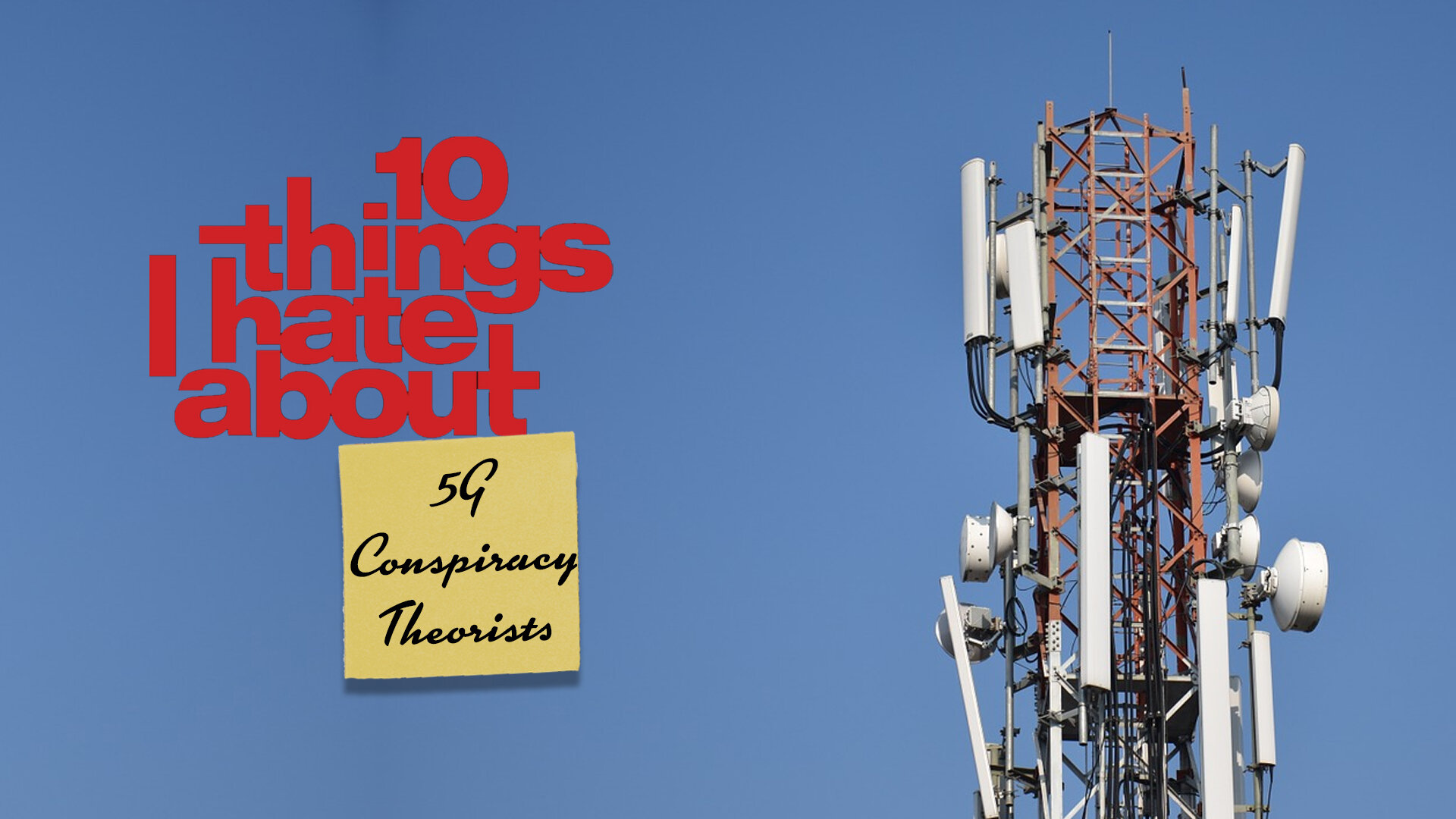Otherworldly Radio Signals May Be The Result of Massive Thunderstorms
For as long as we’ve searched the stars for alien life, we’ve received strange radio signals of unknown origin. Researchers from the University of St Andrews have found the cause. The bad news: it’s probably not aliens. The good news: it’s still awesome. The cause of extraterrestrial radio signals may in fact be lightning storms on other planets - millions of times more powerful than those on Earth.
In 2009 French astronomers observed a weak radio signal originating from planet HAT-P-11b. The planet is “mini-Neptune” five times the size of the earth and twenty-six times the mass. When attempting to locate the exact source of the signal, they were unsuccessful.
Until PhD student Gabrielle Hodosán asked: “Could such a radio signal be produced by lightning in the planet’s atmosphere, and if yes, how many lightning flashes would be needed for it?”
Ms Hodosán works at the Life, Electricity, Atmosphere and Planets project (LEAP). Researcher Dr Paul Rimmer, who co-authored the paper presenting these findings, said: “Imagine the biggest lightning storm you’ve ever been caught in. Now imagine that this storm is happening everywhere over the surface of the planet. A storm like that would produce a radio signal approaching 1% the strength of the signal that was observed in 2009 on the exoplanet HAT-P-11b.”
“Such enormous thunderstorms are not unreasonable,” Ms Hadosán added.
Indeed, as the paper explains, HAT-P-11b’ would likely have a highly dynamic atmosphere due to its proximity to its host star. Entire cloud systems would be in constant flux all over the planet’s surface. This would cause formations of colossal thunderclouds. It is probable that what was observed at 2009 was a concentrated blast of storm activity across the face of the planet.
The team attempted to confirm this with optical telescopes but were stymied by the light from HAT-P-11b’s star. Instead, they are looking for “tracer molecules”. These molecules are the result of the chemical processes that would occur from the storm activity. Such molecules can be observed on the infrared spectral band even years after the event of the storm.
“In the future, combined radio and infrared observations may lead to the first detection of lightning on an extrasolar planet.” Said Gabrielle Hadosán.
“The importance of the study is not just this prediction, but it shows an original scenario for the explanation of radio emission observable on extrasolar planets.”
Dr Christiane Helling, the principal investigator of the LEAP Project went on to say: “With all necessary caution, linking extra-terrestrial lightning and radio emissions will open a new window to prove the presence of atmospheres and of clouds on extrasolar planets, both being essential for the existence of life as we know it,”












Alongside the scientists, 50% of the British public and the future health of young people across the nation, I have one simple request: delay Freedom Day, please.